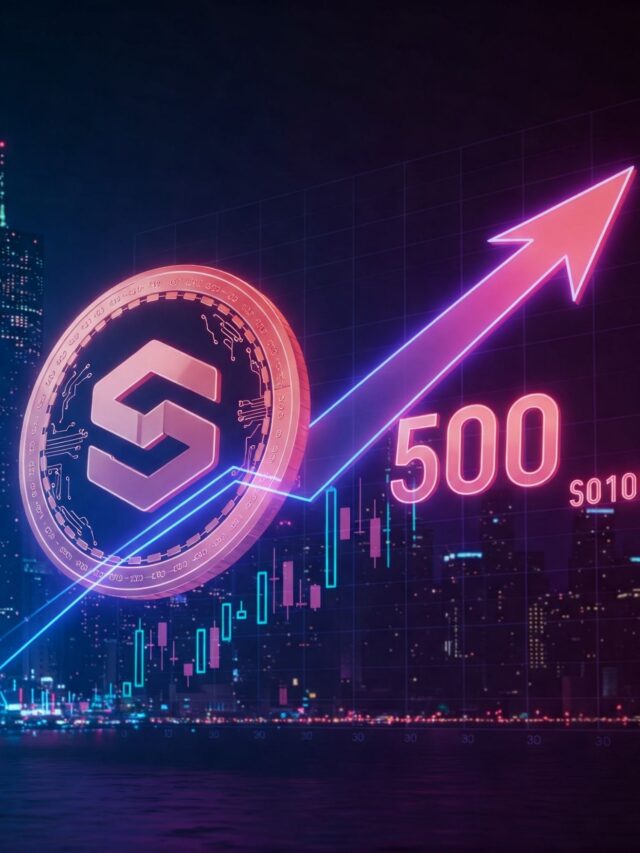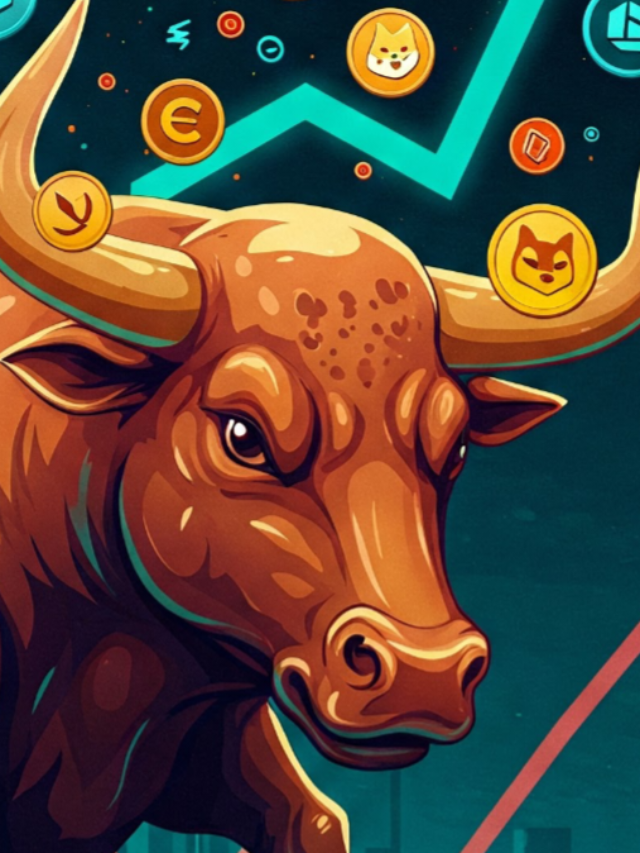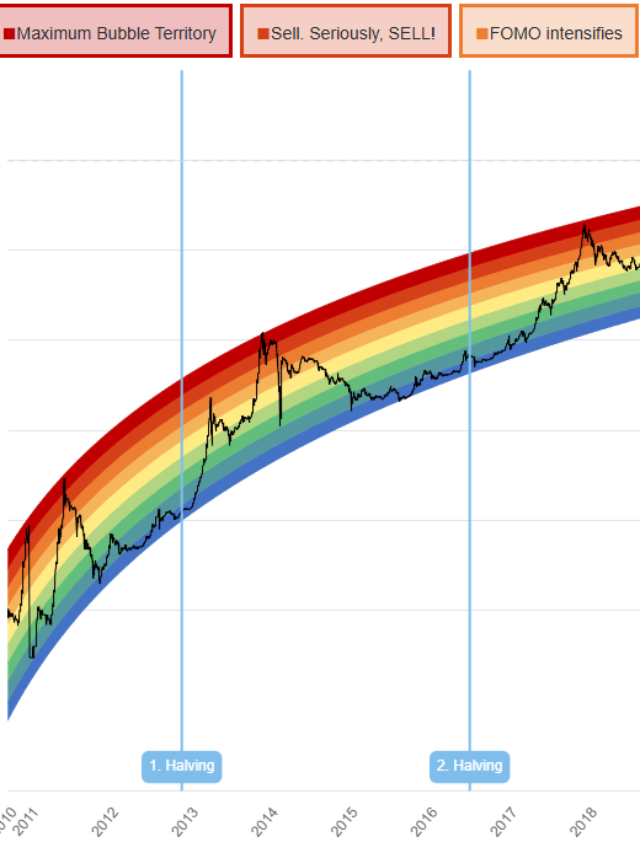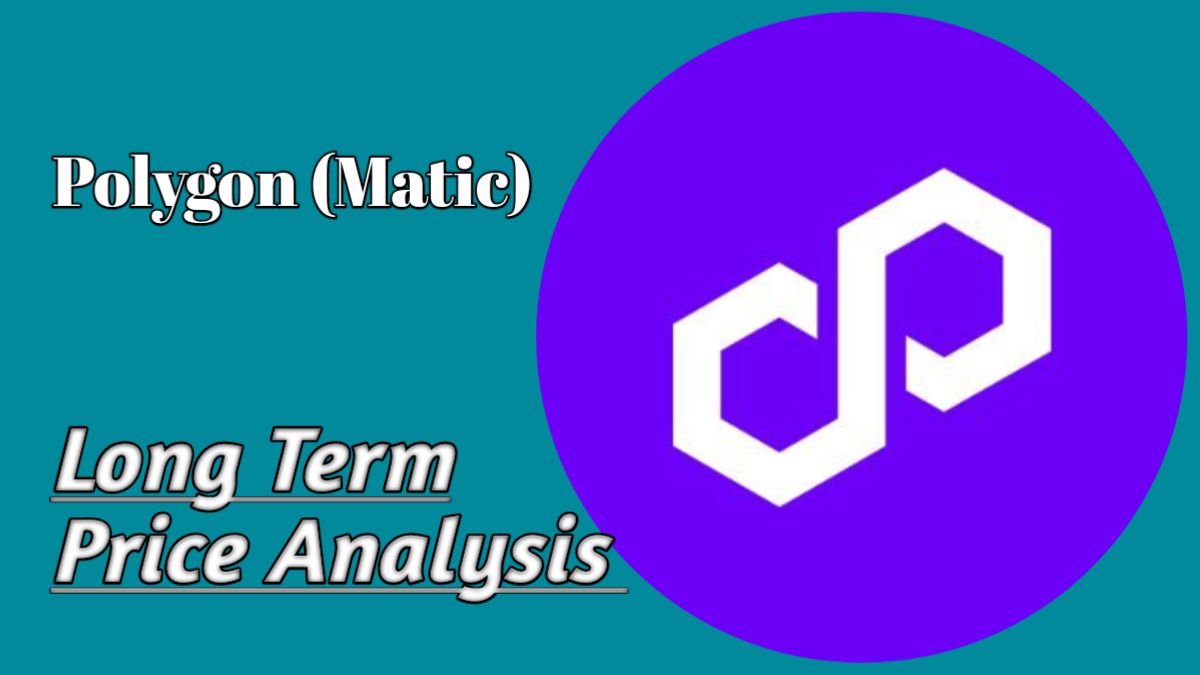Cryptocurrencies are a hot topic when it comes to investing and technology, and Polygon (MATIC) is certainly part of that conversation. Known for its ability to scale and work well with Ethereum, Polygon has captured the attention of many investors who are curious about where its price might head in the future. This blog takes a look at what the price predictions for Polygon could be between 2025 and 2050, while also considering its current standing in the market, trends in its adoption, and the various factors that might affect its value as time goes on..
Polygon (MATIC) Price Prediction Table
Below is a detailed table predicting Polygon’s price trajectory. These predictions are based on extensive analysis of market trends, historical performance, and potential technological advancements in the Polygon ecosystem. The factors influencing these predictions include:
- Market Sentiment: The overall sentiment in the cryptocurrency market, influenced by news, regulations, and macroeconomic factors.
- Technological Developments: Polygon’s continuous innovation in scaling solutions, including zk-rollups and its growing ecosystem.
- Adoption Rates: The increasing use of Polygon in DeFi, NFTs, and enterprise applications.
- Partnerships and Integrations: Collaborations with global corporations and blockchain projects that drive utility and demand for MATIC.
| Year | Minimum Price | Average Price | Maximum Price | Potential ROI |
| 2024 | $0.594 | $0.612 | $0.724 | 89.8% |
| 2025 | $0.711 | $0.734 | $0.867 | 127.3% |
| 2026 | $0.856 | $0.893 | $1.056 | 175.6% |
| 2027 | $1.012 | $1.056 | $1.250 | 227.8% |
| 2028 | $1.192 | $1.245 | $1.476 | 288.3% |
| 2029 | $1.400 | $1.460 | $1.730 | 356.8% |
| 2030 | $1.650 | $1.720 | $2.050 | 441.7% |
| 2040 | $5.000 | $5.300 | $6.000 | 1200.0% |
| 2050 | $10.000 | $10.600 | $12.000 | 2400.0% |
What Is Polygon (MATIC)?
Polygon is a solution that helps make Ethereum faster and cheaper to use. It lets developers create and link blockchain networks that work well with Ethereum while keeping everything secure. Originally launched as Matic Network in 2017, it was renamed Polygon in 2021 and has become one of the strongest ecosystems in the world of cryptocurrency.
Polygon stands out because it provides different ways to scale, including Plasma chains, zk-rollups, and optimistic rollups. This variety allows developers to pick the right tools for their particular needs.
What is Polygon (Matic)? A Beginner’s Guide to the Layer-2 Scaling Solution
Will Polygon Go Past All-Time Highs?
Polygon reached its highest price of $2.92 in December 2021. As the platform continues to grow and more people start using it, many experts think Polygon could break that record in the next few years. The rise in NFT usage, collaborations with big companies, and the growth of DeFi are all reasons for this hopeful outlook.
Reaching new all-time highs will rely on the overall market situation, changes in regulations, and how well it follows through on its plans. As the blockchain world changes, how well Polygon can adjust will play an important role in its future success.
Polygon Price History and Market Position
Polygon began as a simple project, and at first, its token, MATIC, was priced at less than $0.01. But when it aimed to tackle the scalability challenges of Ethereum, it gained a lot of attention. During the 2021 bull market, MATIC’s value soared, hitting an all-time high of $2.92. Today, Polygon is still counted among the top 20 cryptocurrencies by market cap.
Polygon benefits from strong partnerships with big names such as Meta (previously known as Facebook) and Disney. It is also connected to different DeFi and NFT platforms. These ties help strengthen its status and suggest that it has a bright future ahead.
Godex.io’s Bearish Long-Term Price Prediction for Polygon
Many trusted sources believe that the price of Polygon (MATIC) is likely to go up over the next few years. On the other hand, Godex.io has a different view, seeing a downward trend for MATIC in the long run, though they don’t share specific analysis details. A few reasons could explain why some analysts feel this way.
One big reason is the tough competition Polygon faces from other Layer 2 solutions, like Optimistic Rollups and ZK proofs, especially from projects such as Optimism, Arbitrum, and Loopring. If Polygon cannot keep up with its rivals, it might find it hard to hold onto its value and position in the market going forward. This competition means that Polygon really needs to keep finding ways to improve and innovate to stay relevant in the fast-changing world of blockchain.

2025 Polygon (MATIC) Price Prediction
By 2025, Polygon’s price is expected to range between $0.711 and $0.867, with an average price of $0.734. Its robust ecosystem and adoption rates will likely drive this growth.
The increasing adoption of blockchain technology in various industries, coupled with Polygon’s ability to scale Ethereum, positions it well for growth. Key drivers include:
- Expanding NFT marketplaces.
- Growth in decentralized finance (DeFi) applications.
- Partnerships with global corporations.
2026 Polygon (MATIC) Price Prediction
In 2026, Polygon’s price could range from $0.856 to $1.056. This prediction reflects the platform’s scalability improvements and increasing usage in NFTs and DeFi.
Polygon’s commitment to innovation, such as zk-rollups for enhanced privacy and scalability, will likely attract more developers and users to its network. Additionally, its low transaction fees and high-speed capabilities make it a preferred choice for blockchain applications.
2030 Polygon (MATIC) Price Prediction
By 2030, Polygon may achieve a maximum price of $2.050, with a minimum of $1.650. Its ability to handle massive transaction volumes and secure partnerships will likely fuel its growth.
Factors contributing to this growth include:
- Increased institutional interest in blockchain technology.
- Broader adoption of decentralized applications.
- The rise of Web3 technologies.
Where to Buy Polygon (MATIC)
Polygon (MATIC) is available on major cryptocurrency exchanges such as Binance, Coinbase, Kraken, and KuCoin. Always choose a reputable exchange to ensure security and reliability.
For beginners, platforms like Coinbase offer a user-friendly interface, while advanced traders may prefer Binance for its diverse trading options.
How Long Will It Take for Polygon to Reach ATHs?
Given its current trajectory, Polygon could reclaim its ATHs within the next two to three years, depending on market conditions and adoption rates. External factors, such as regulatory developments, may influence this timeline.
If the broader cryptocurrency market enters another bull run, Polygon’s innovative solutions and strong ecosystem could expedite this process.
Where to Store Polygon (MATIC) Safely
For secure storage of MATIC tokens, consider using hardware wallets like Ledger or Trezor. Alternatively, software wallets like MetaMask and Trust Wallet offer convenient and secure options.
It’s important to enable two-factor authentication (2FA) and backup your recovery phrases to ensure maximum security for your assets.
Current Crypto Prices
Stay updated on real-time cryptocurrency prices using platforms like CoinMarketCap or CoinGecko. Monitoring prices regularly helps in making informed investment decisions.
These platforms provide comprehensive data on market trends, trading volumes, and historical performance.
Is Polygon a Good Investment?
Polygon remains a strong contender in the crypto space, offering scalability and affordability in a rapidly growing ecosystem. However, as with any investment, it’s essential to do thorough research and consider market risks.
Investors should weigh the following:
- Polygon’s potential for mass adoption.
- Competitive threats from other Layer 2 solutions.
- Regulatory uncertainties in the crypto market.
Frequently Asked Questions
1. What makes Polygon unique?
Polygon’s ability to provide scalable and affordable solutions while maintaining Ethereum compatibility sets it apart from other blockchains.
2. Can Polygon reach $10?
While ambitious, reaching $10 would require significant market growth and adoption. Analysts believe it’s achievable in the long term.
3. Is Polygon secure?
Yes, Polygon’s network leverages Ethereum’s security while adding its PoS consensus mechanism, ensuring a high level of safety.
4. How is MATIC used?
MATIC is used for transaction fees, staking, and governance on the Polygon network.
5. What industries benefit most from Polygon?
DeFi, gaming, and NFTs benefit significantly from Polygon’s solutions.






